Every major city that has been around for a while has layers of history that can often be seen in abandoned or forgotten infrastructure projects, and Chicago is no exception. Given my fascination with the lake and its own unique history in this area, it was only a matter of time before my curiosity got the better of me. However, I wasn’t expecting my explorations to lead to a fascinating discovery literally right under our feet at L1.
Before I recount my recent adventure, I’d like to provide a quick background for context. One of my most popular posts has been the one on the water crib. You don’t need to read the whole thing, but I’d like to draw your attention to the last paragraph:
The Two-Mile Crib was connected to a tunnel built 60 feet below the lake surface, and this tunnel ran all the way back to the Chicago Avenue pumping station – which was part of the historical Water Tower complex still located today on north Michigan Avenue.
According to historical records, there was a rather extensive system of water and maintenance tunnels created underneath both the city and Lake Michigan in the 19th century. Dating back to 1867, they were all part of the massive undertaking to construct the water cribs.
A very good reference for this is Under Your Feet, Chicago’s Water, Freight, Subway and Storm Tunnels, an online resource from the University of Chicago’s Crerar Library. You can delve into the details yourself, but here are some historical images which provide visualizations of the types of tunnels that were built at the time:
So what does this all have to do with L1 and Open Water Chicago? Well, I’ve always been enthralled with the idea of exploring secret passageways and uncovering cool things. When I attended the University of Illinois back in the day, I “heard from a friend” that you could access the underground steam/utility tunnels and have all sorts of adventures traversing the hidden world beneath the campus.
So I came up with the idea of doing something similar with Chicago’s hidden network of tunnels, and I bounced the idea off of my fellow Illini and co-conspirator, “Clark” (real name withheld to protect the not-so-innocent). For several weeks, we researched the tunnel system and pored over antiquated maps and blueprints until we finally pinpointed what appeared to be an entry point. And what we discovered was absolutely astonishing as you will see.
Lake Tunnel Access
Have you ever wondered about that rusted maintenance door in the pedestrian walkway that goes from North Avenue underneath Lake Shore Drive to the Chess Pavilion? Well, it turns out that it is not just some benign utility closet. Instead, it is one of several areas where you can gain access to the aforementioned underground lake tunnels:
After taking these shots in the pre-dawn hours, we got to work on jimmying open the maintenance door. The lock was pretty much rusted through, but Clark was able to use his locksmithing skills to unfreeze it while I strategically positioned myself to shield our activities from watchful eye of the nearby security camera.
Once opened, we hustled inside and had a heart stopping moment where we both almost stepped into an access ladder shaft just a few feet from the entrance. Fortunately, we had turned on our headlamps before making the ingress, so we managed to avert what would otherwise have been a catastrophic introduction (and abrupt conclusion) to our little escapade.
Once we regained our composure, our sense of curiosity and our drive for exploration took over. Bottom line, we just couldn’t resist the temptation of this “attractive nuisance.” So we began to guardedly climb down the ladder which descended for quite some way – I’d estimate at least 50 feet.
After about 10 minutes, we reached the bottom where the ladder ended on a dirt floor in a narrow passageway. Given the pitch blackness, our headlamps weren’t enough. So we activated our flashlights and camping lamps that we brought along to aid in our exploration.
What you are looking at above is one of the old access tunnels. This one is heading due south towards the Hancock building. We opted not to explore that route, but instead went directly east using the passage you see just ahead on the left. We deducted that this one went underneath the lake, and we wanted to see where it would end up.
As it turned out, this tunnel continued on for quite some time – over two miles as you will see later – and became very narrow along the way. Below are a few shots we snapped at various points along the path.
Finally, and much to our relief, the tunnel opened up into a larger space where it dead ended at a vertical shaft. The journey to this point took at least an hour as we were being overly cautious while navigating the cavernous route. Truth be told, we weren’t sure what to expect – or if the the section underneath the lake was even stable at all. So we had more than a little bit of trepidation during the entire time we were in transit.
Reaching the end point was a real cathartic event as neither one of us had enjoyed the claustrophobic odyssey. We scouted out the open area and found what looked to be a still functional escape ladder. Since this seemed to be the only way to get anywhere, we secured our gear and started the ascent.
After climbing about 30-40 feet up the rickety ladder, we reached a rusted iron ceiling which had a trap door access way that was sealed shut. But fortunately, the edges of this panel had eroded enough for Clark to cut through the worn out hinges with a cordless reciprocating saw. When were finally able to remove the access panel, we found ourselves in a utility area of a sub-basement. But sub-basement where?
We got our answer fairly quickly once we started exploring our new digs. The door out of the sub-basement led through a small room which exited to a hallway. As we roamed though this corridor, the rhythmic sounds of some mechanical function became steadily louder until the hallway opened up into a large, round atrium – obviously some type of pumping station. We could see doorways on the upper levels that were accessible by some catwalk staircases, so we clambered up these to see where the source of daylight led.
Much to our amazement, the doors led outside to a structure right in the middle of the lake. So – you guessed it – the lake tunnel that we had just traversed led to the exact same Harrison-Dever water crib that we all look out on whenever we gather at L1 for a swim!
It suddenly dawned on us (no pun intended) that we must have lost all sense of time while in the tunnel as it was already well into morning with the sun long since risen. I started to take a few shots to document our little adventure, but then noticed that there was a Chicago Police boat in the vicinity that was heading for the water crib (ulp!).
While we were certain that it hadn’t noticed us, we couldn’t rule out the possibility that we had inadvertently activated some sort of sensor-activated monitoring alarm. So we hastily retreated to the sub-basement and scrambled down the ladder after placing the access panel back in its proper place.
What happened next would make the late Roger Bannister beam with pride. Once our feet touched the floor at the bottom of the ladder, we darted back into the tunnel and covered the 2+ miles in what was mostly a full on sprint. When we finally arrived back at the foot of the initial ladder shaft, we stopped for a few minutes to catch our breath before making the final ascent.
Exiting into the pedestrian tunnel was a bit tricky as there was now an assortment of runners, bikers, and wayward passersby to contend with on the other side of the maintenance door. So while we carefully opened it up to make our egress, we still almost upended a lanky fellow on a very expensive tri-bike (who was going way too fast in the pedestrian tunnel, I might add).
Once outside, we wedged the door back into its proper place and tried to ignore the stares of the people who had seen us emerge. Fortunately for us, we had secured rock star parking right near the cul-de-sac on the west side of the pedestrian tunnel. So it was just a matter of piling into our waiting car and driving off as inconspicuously as possible.
I know there are some of you out there who will look upon this as nothing more than foolish risk taking. But for those of you who are more adventurous souls, I would implore you to take a deeper look into the fascinating history of our great city and seek out opportunities like this wherever you can find them. After all, nothing ventured nothing gained!



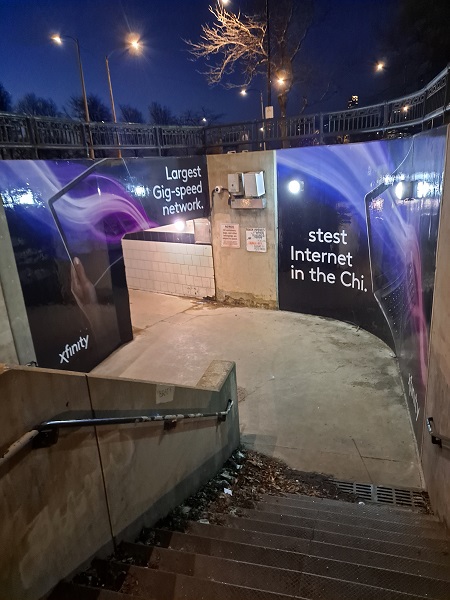




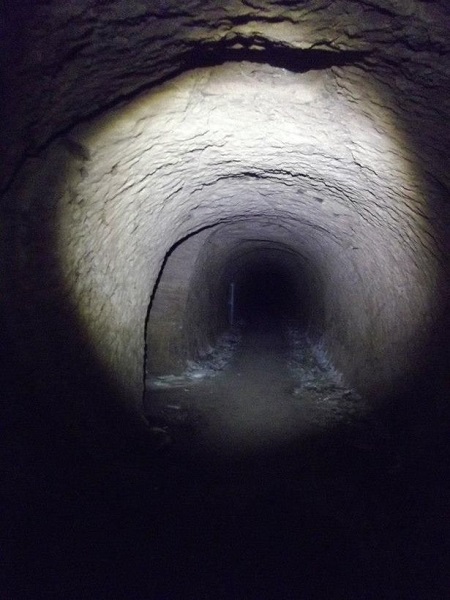
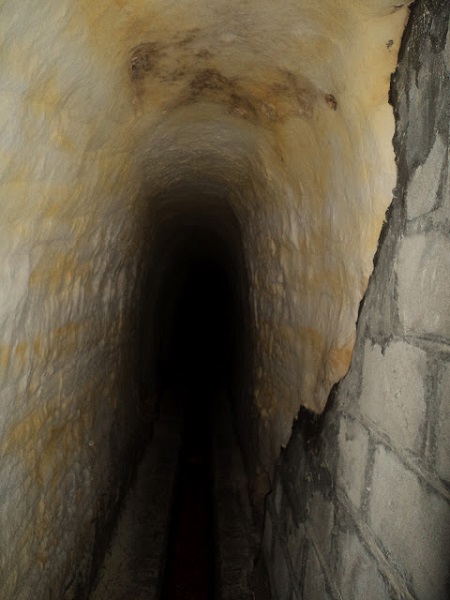






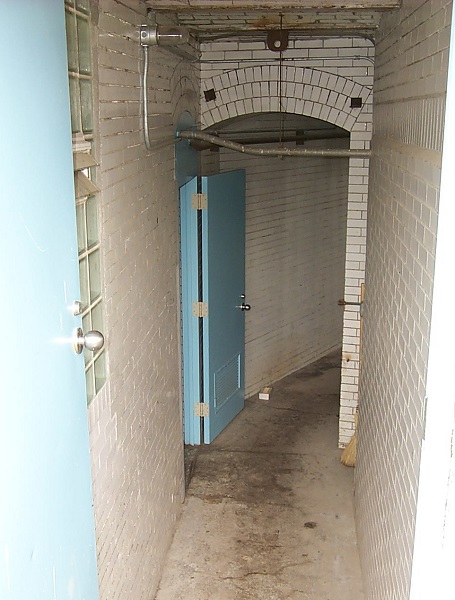
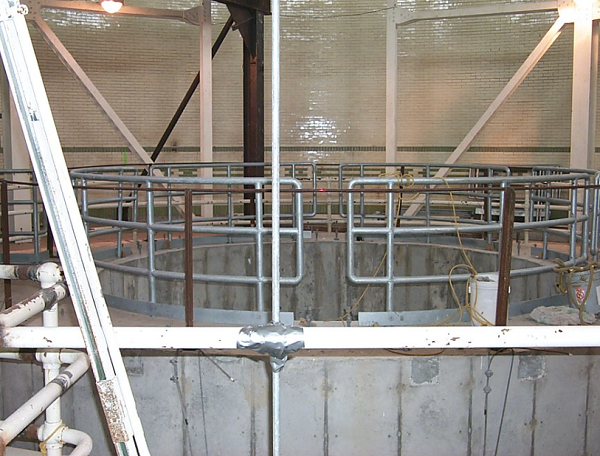



As a avid fan of going where your not supposed to, lover of old industrial sites, and a wild-cave explorer, I found this fascinating.
Thanks for posting. I’ll probably share this with a few of my fellow cave exploring club “Windy City Grotto” members.
You might want to double check the date on this post for context. I’m apparently such a good fiction writer that this annual gag caught the attention of the FBI this year. Wit is no longer “woke” these days…
Wait this was an April fools joke 😭